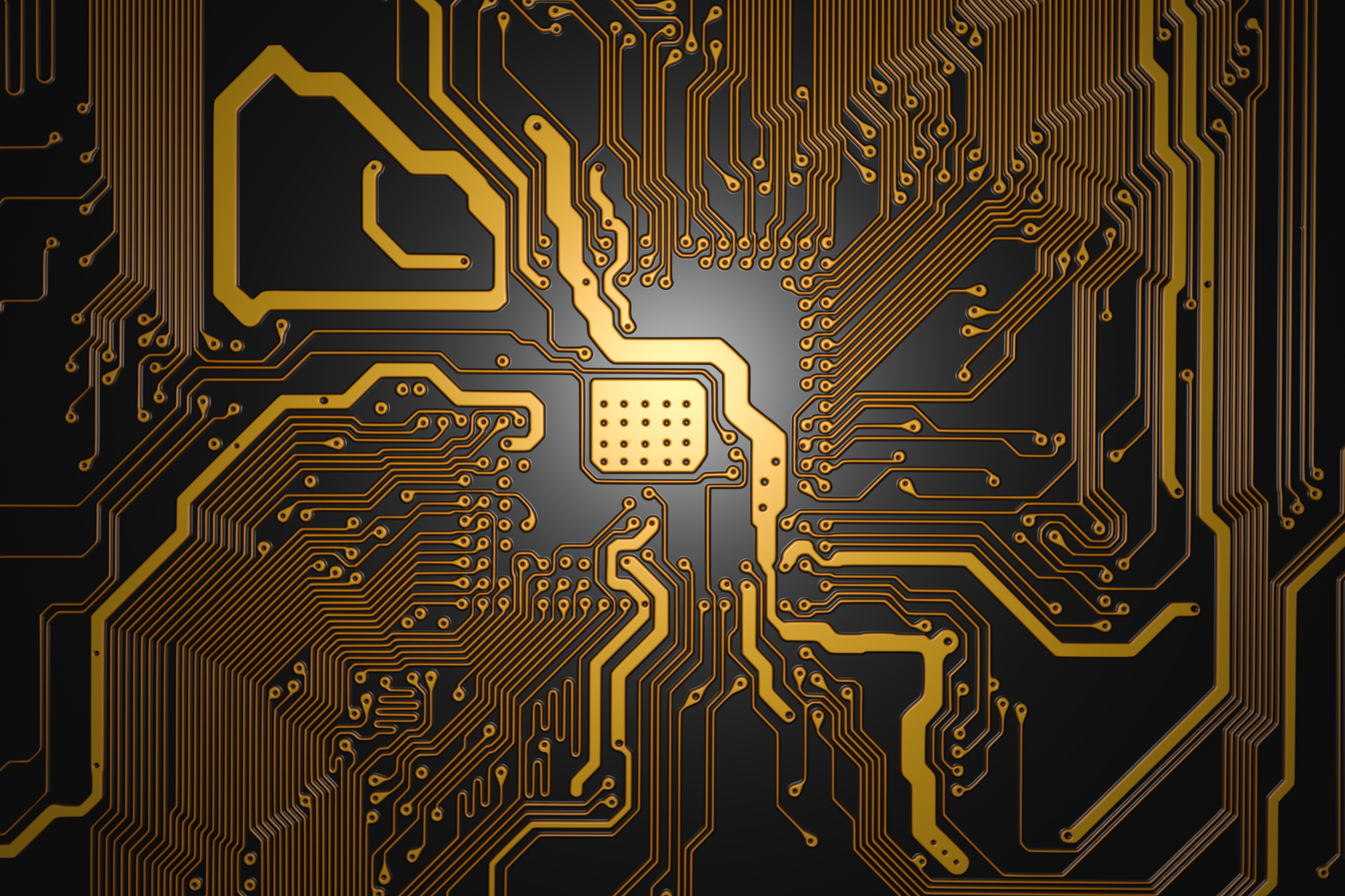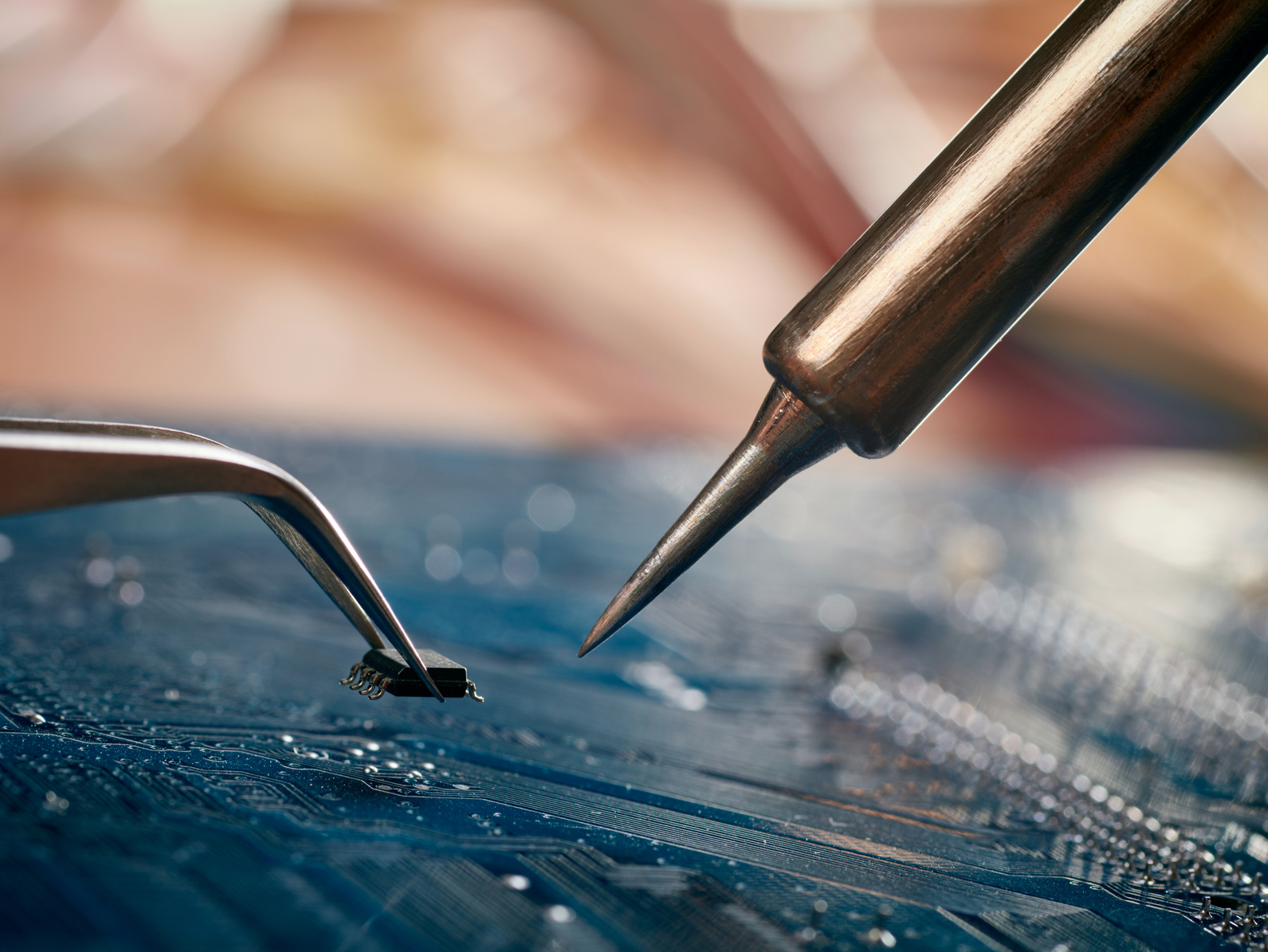How Can PCB Board Help If Your Circuits Fail?

 Computers are complicated, but when they’re critical to your personal or business day and they house a great deal of vital data and programming for your operations, that can mean that any kind of shut down or malfunction hits hard. One way that people have tried to avoid these disadvantages is to choose PCB, and if you are considering hiring for contract PCB assembly in Illinois then here’s what that means and how it can benefit you if your circuits fail.
Computers are complicated, but when they’re critical to your personal or business day and they house a great deal of vital data and programming for your operations, that can mean that any kind of shut down or malfunction hits hard. One way that people have tried to avoid these disadvantages is to choose PCB, and if you are considering hiring for contract PCB assembly in Illinois then here’s what that means and how it can benefit you if your circuits fail.
How It Works
A Printed Circuit Board, also known as PCB, is a newer way of building electronics. Computers used to be built with every electronic component interconnected. Unlike that, PCBs are mounted on a non-conductive board and are connected by what are called traces, smaller pathways than one giant interconnected wire. They are intended to fit a large amount of components for computers into a very small space.
All the Parts Accounted For
Printed circuit boards have traces, or pathways between parts, that are easy to see. These traces are what connect the different parts of the circuit. A PCB allows for each individual part to have a place where it belongs, a pre-cut hole where each part should be mounted and in which it is clear where a part should be mounted if it is broken. It also saves a great deal of space inside of the computer. Parts that may be mounted in a printed circuit board include diodes, switches, resisters, and microchips. The components are what make the circuit work, while the PCB is what helps all those parts to connect.
How PCBs Are Made

 For the most part, PCBs are designed on a computer which allows for ideal design. They are printed, and their individualized part placements are meant to be permanent. A basic circuit board has a conductive layer, and a non-conductive layer. The markings that show up on it are etched with chemicals, which only leaves a select pattern of the conductive layer exposed. These are where the parts may be connected and remain conductive.
For the most part, PCBs are designed on a computer which allows for ideal design. They are printed, and their individualized part placements are meant to be permanent. A basic circuit board has a conductive layer, and a non-conductive layer. The markings that show up on it are etched with chemicals, which only leaves a select pattern of the conductive layer exposed. These are where the parts may be connected and remain conductive.
So, How Does a PCB Help If Circuits Fail?
The design of a PCB means that there is a very small chance of short circuits and mistakes in wiring to occur and effect the entire device. It has been designed not to fail, but in the event that it does experience a failure in one part of the circuitboard the design indicates that it most likely will not effect and corrode the entire circuit board, overall. The pre-pocket design in which each part has a distinct placement also means that it is easy to understand where a part needs to go when it is replaced, and how the part fits into the circuit board precisely. There’s little room for mistake because the markings on the circuit board give everything away: where a part belongs, when one is missing, and who the parts should connect. That means it is more helpful in both preventing damages, and in the event of repairs it makes them easier to manage.


 (847) 520-5770
(847) 520-5770

